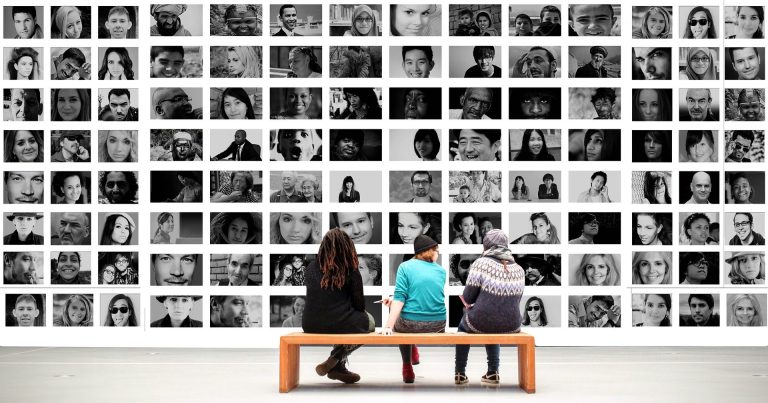Holding on and letting go
“All the art of living lies in a fine mingling of letting go and holding on” – Havelock Ellis
This quote struck a chord within me recently which led me to process the concept of impermanence – the idea that everything is finite. As human beings we create relationships with many different objects, animals, and other human beings. However sometimes individuals fail to perceive the fact that at one point one will need to let go of specific attachments as they may either perish with natural causes or it may no longer serve a use in one’s life.
We become attached or detached due to the way objects, animals and other human beings make us feel. Therefore, it is a relationship which we create with the said objects, animals and other human beings which attracts us and pushes us away from them. Individuals may sometimes get stuck in cycles of attaching in similar ways to others which may continuously jeopardise the individual. This is due to the fact that the individual may have learnt to maladaptively attach to others which may present as toxic relationships which leave more negative emotions rather than positive emotions.
Perhaps some may ask but why does the individual retain that attachment if it brings primarily negative emotions to the individual?
Carnes (2010) coined the term traumatic bonding which represents “the misuse of fear, excitement, sexual feelings, and sexual physiology to entangle another person” which creates repeated intermittent rewards and punishments which may create a deep emotional bond. These deep emotional bonds may be difficult to overcome and individuals may catch themselves jumping from relationship to relationship experiencing this type of attachment to their partners. Detachment may be difficult however not impossible. In order to let go of attachment to others, buddhists advise to look within, in order to love oneself.
One way to start engaging in self-love is to first start to understand the way one feels. Sinding and Stiegler created a website which includes plenty of information about feelings and ways to explore one’s feelings on https://emotioncompass.org/. What really struck me about this website was the concept of using emotions as our compass. It has a basic premise – if the feeling is positive then one should move forward (north), if the feeling is negative then one should move backwards (south). This is done in order to process the negative feeling and find ways to understand what the specific feeling is trying to inform our body about.
If our relationships make us experience more negative emotions rather than positive emotions, one needs to refer to their emotional compass. In order to reflect on what keeps them in the specific relationship. The process of letting go can be challenging, however understanding that if any relationship brings more pain than positive emotions then it can turn toxic. This will inevitably do more harm than good to the individual, then it would be best to let it go.
The reality is that once you let go of something painful eventually other opportunities present themselves which when the individual practices self-love and understands what they deserve, one notices a significant improvement in their relationships after this practice is incorporated in their life.
Karl Grech is a counsellor. He offers counselling to both individuals and couples within Willingness. He can be contacted on karl@willingness.com.mt or call us on 79291817.
References:
Aksel Inge Sinding & Jan Reidar Stiegler. 2020. Emotion Compass. Retrieved from https://emotioncompass.org, accessed on on 10th September 2020
Patrick, C. 2010. The Betrayal Bond: Breaking Free of Exploitive Relationships. HCL:London
Wallin, D.J. (2015). Attachment in Psychotherapy. Guilford Process:UK






